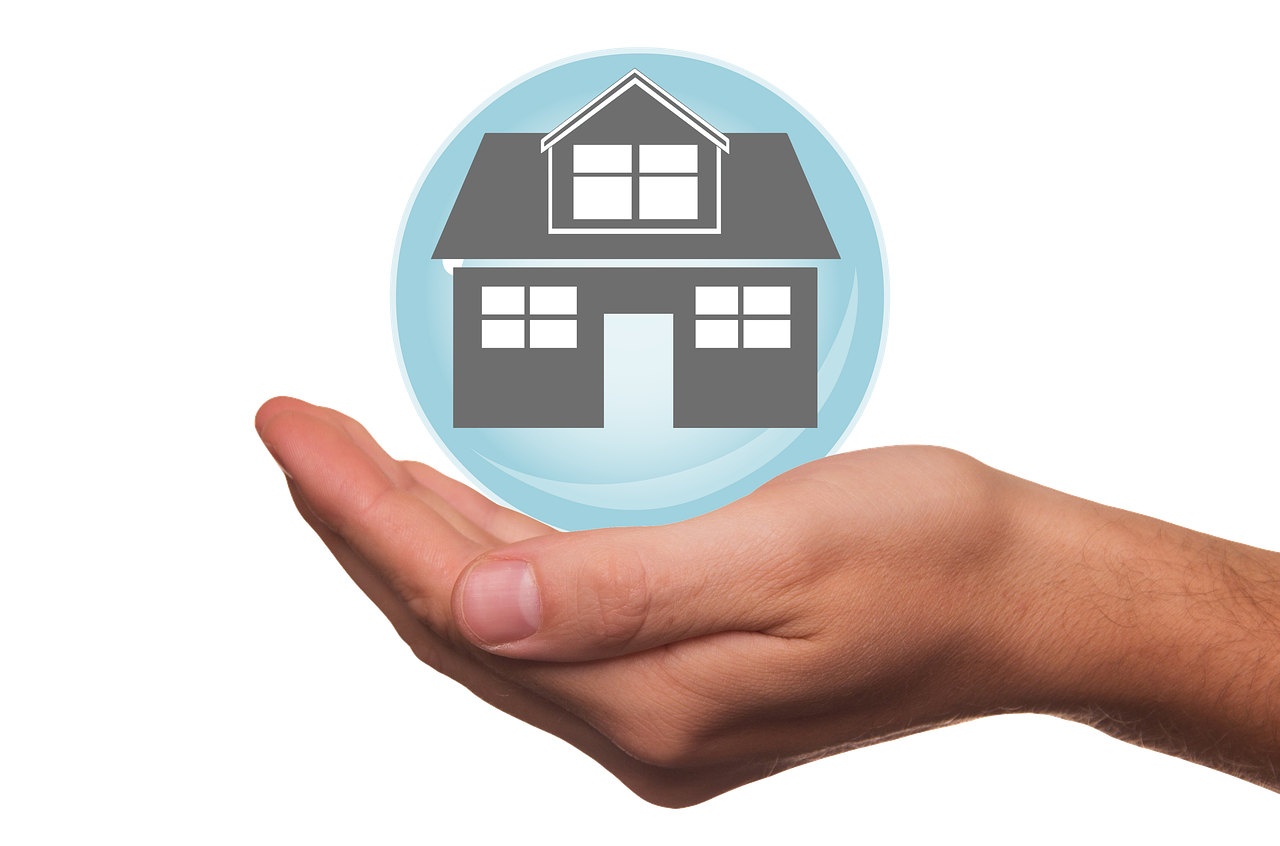
Being a homeowner, for the first time, can be exciting. The idea of having your own place, decorating it the way you want, and inviting guests once your house is all fun to think about. However, before you can get to this point, you will have to go through several steps to prepare your financing, find the right home to buy, and move to the new place successfully. It is undoubtedly a tedious process and a big step in anyone’s life. However, the key is proper planning, so you do not feel overwhelmed.
Apart from the loans, inspections, and agents that you will have to handle, another integral part of preparing for a home is your homeowner’s insurance. While this is not a legal requirement for purchasing a home, it is often required by lenders to protect their investment in case unexpected circumstances arise. At the same time, having insurance will also protect you and your home—the most valuable assets.
Homeowner’s insurance, like other forms of insurance, comes in various types and policies, each with different coverages. Also, it might seem overwhelming to think about the possibility of disaster or destruction when you are just about to get your home. However, getting insurance is another form of preparation that will benefit you in the long run.
Homeowner’s Insurance Policies
In the United States, there are standard insurance policies labeled HO-1 to HO-8, each having different levels of protection. The HO-3 policy, also known as the special form, is the standard homeowners’ insurance that covers damages of your home and attached structures from any cause except those that are specifically excluded. HO-3 policies usually exclude flood and earthquake damage and are recognized as the minimum coverage by mortgage lenders. With that said, you can opt for additional coverage on your HO-3 policy, especially for belongings that are not covered by the 16 perils in the policy.
If you are looking for more extensive coverage policy, you can opt for HO-5, which is sometimes called the comprehensive form. While the HO-3 policy only covers personal property if it falls under the 16 named perils, the HO-5 policy covers personal property for all perils, except for those that you choose to exclude. It is particularly useful if you have valuable and expensive belongings, though the policy naturally also comes at a premium.
Levels of Coverage
Homeowner’s insurance policies typically have three levels of coverage: actual cash value, replacement cost, and guaranteed or extended replacement cost. The actual cash value level covers the cost of replacing your home and belongings minus depreciation at the current price. The replacement cost level, on the other hand, covers repair or replacement costs without deducting depreciation.
The guaranteed or extended replacement cost offers the most extensive coverage as it covers the amount needed to restore the home to its original before-the-disaster state. The additional benefit is that the extended policy can pay a percentage over the policy limit, which makes it ideal for times when construction costs may have inflated.
Determining Your Insurance Needs
When getting homeowners’ insurance for the first time, you may be wondering: How much insurance do I need? First, you have to consider dwelling coverage, which is the amount that is allocated to repairing or rebuilding your home. The best route is to make your dwelling coverage equal to the replacement cost of your house–the cost of building your house precisely the way it is. It can be tricky to calculate this sum, so you can ask construction companies and your insurance provider for help in coming up with a reasonable estimate.
Second, you have to think of personal property coverage, which includes your furniture, appliances, and everything that you have at home. This portion can be much more challenging to determine as such. You want to make sure you have enough coverage to replace all your belongings in the worst-case scenario. However, it is not that easy to estimate the cost of everything you own, especially if you have had something for many years now. Nonetheless, making an inventory will help you with this part. It is time-consuming but will ensure you cover all your essential belongings.
Third, you have to think of liability coverage, which covers injuries that someone may get from your property. This portion will cover medical bills or legal fees that may result from such injuries. The standard HO-3 policy includes $100,000, which is usually pegged as the minimum in liability coverage. However, you can increase this amount as you see fit.
